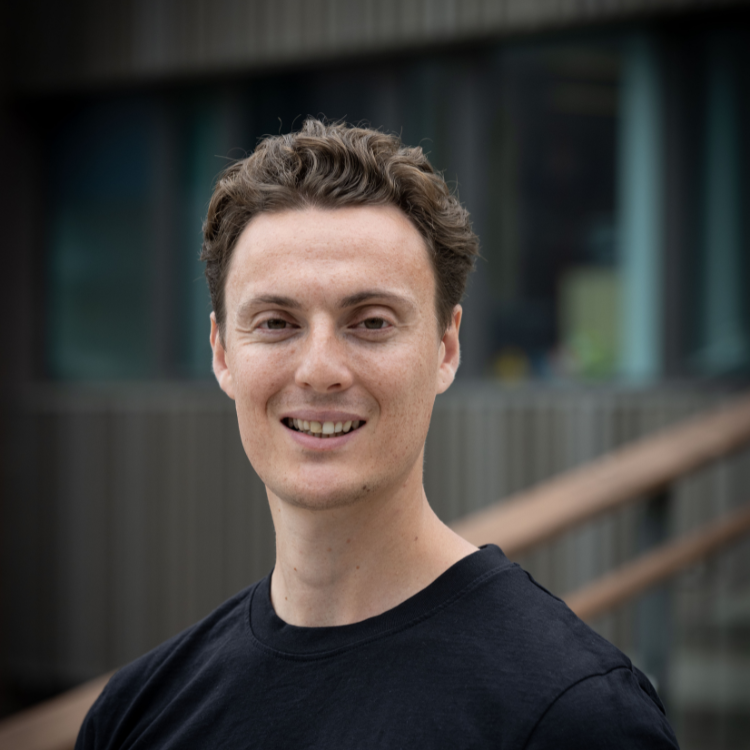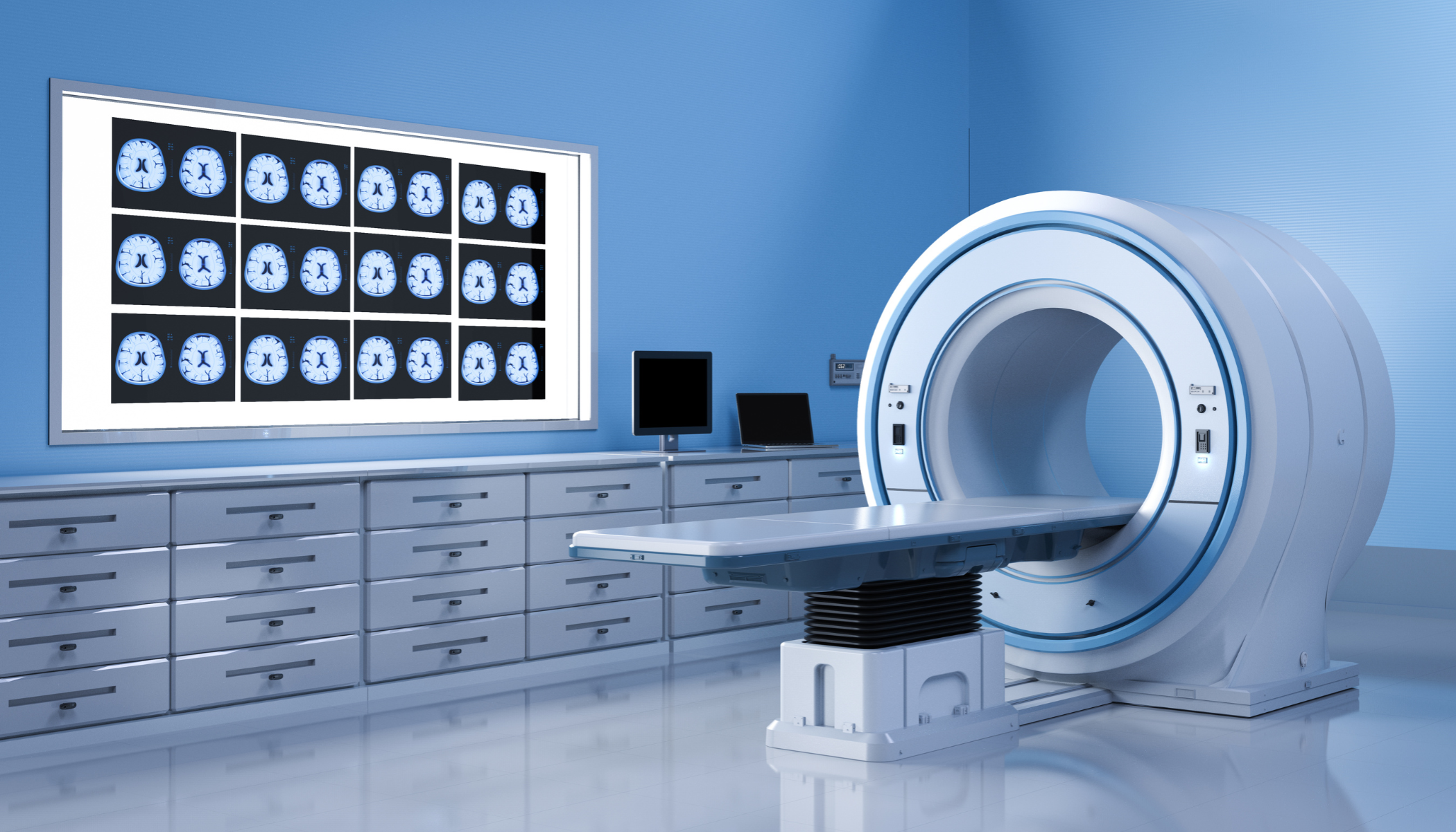Scalable photon-counting detectors for X-ray imaging
Technology Investment FundPhoton-counting detectors are set to revolutionise X-ray imaging, detecting and analysing each X-ray photon individually to produce clearer, higher-resolution images at significantly lower radiation doses. However, current photon-counting detectors lack scalability, limiting their adoption across the wider X-ray imaging landscape.
Clarity Sensors has developed second-generation photon-counting detectors based on state-of-the-art halide perovskite semiconductors – materials that are simple to process, cost-effective, and offer superior performance.
This technology could deliver sharper, higher-fidelity images at lower X-ray doses while removing key barriers that have confined photon counting to niche, premium systems. This makes photon counting scalable and economically viable for the first time, paving the way for safer, faster, more efficient, high-quality X-ray imaging across healthcare, security, and industrial inspection, worldwide.
In healthcare, these advances have the potential to reshape what is possible with Computed Tomography (CT). Today, CT delivers exceptional diagnostic detail, but its relatively high radiation dose limits its suitability for preventative disease screening use cases. By enabling cost-effective, lower-dose photon-counting CT at scale across the full CT ecosystem, this innovation could support large-scale screening programmes for heart disease, lung cancer, and other major conditions, helping shift healthcare toward earlier diagnosis, improved outcomes, and more efficient preventative screening.
“X-ray imaging is a cornerstone of modern healthcare, security screening, and manufacturing quality control, yet the detectors at its core have seen little meaningful innovation for decades.”

Dr Hayden Salway continued:
“Photon-counting fundamentally elevates image quality and performance at lower X-ray doses, and our technology will finally make it accessible at scale. This opens the door to truly next-generation imaging across the entire X-ray ecosystem.”
Clarity Sensors spun out of the Optoelectronic Materials and Device Spectroscopy Group at the University of Cambridge in 2022, after the idea formed during the pandemic. The work follows Professor Sam Stranks’ research into halide perovskites, semiconductors with emerging applications in photovoltaics, LEDs, and X-ray detectors. The high sensitivity of these materials makes them well suited to improving X-ray imaging resolution as well as lowering the associated radiation doses.
The 6 co-founders of Clarity Sensors include Professor Stranks himself as CSO, Dr. Hayden Salway, a former PhD student and current postdoc in StranksLab, as CEO, and Stuart Evans, an entrepreneur with a history of leading Cambridge spin outs, as Executive Chair and CFO.
Within the university, Professor Stranks’ work has received over £1 million in grants to further develop the materials and enable commercialisation, including recent translational funding awarded through Cambridge Enterprise’s own Technology Innovation Fund. Clarity Sensors is supported by a €2.5 million European Innovation Council Transition grant.
Clarity Sensors are now focusing on demonstrating their technology across industries by generating prototype imaging systems and critical detector data in comparison to incumbent devices. The comparison should provide good evidence of their USP for commercial developments, further grant and equity fundraising.




